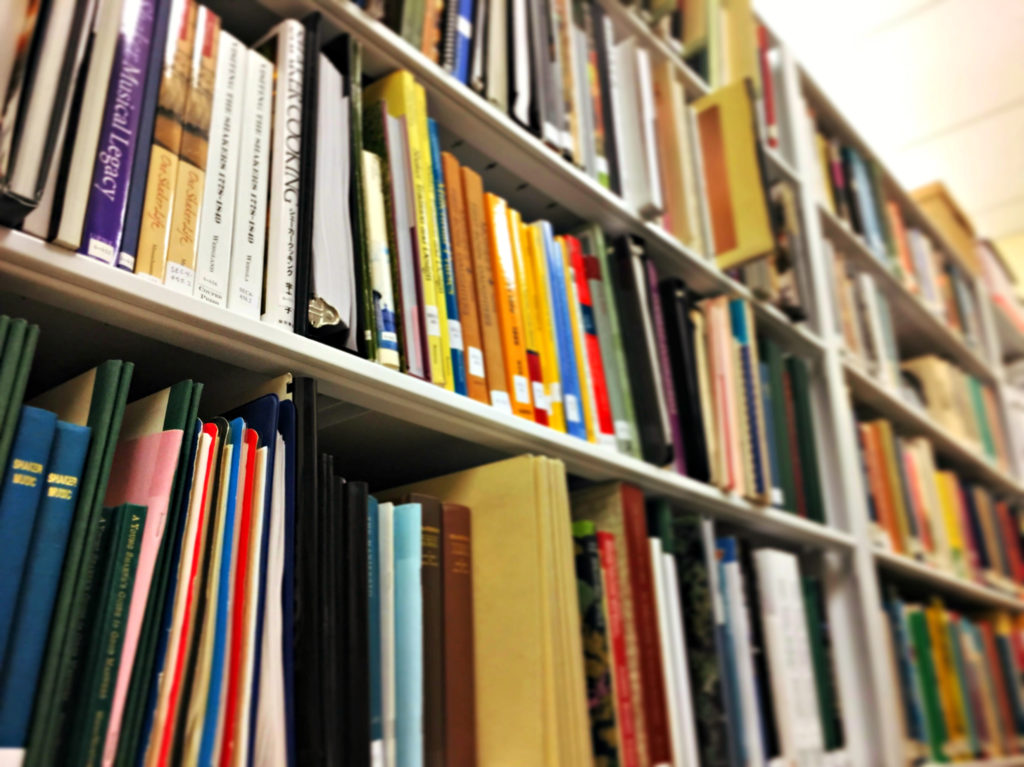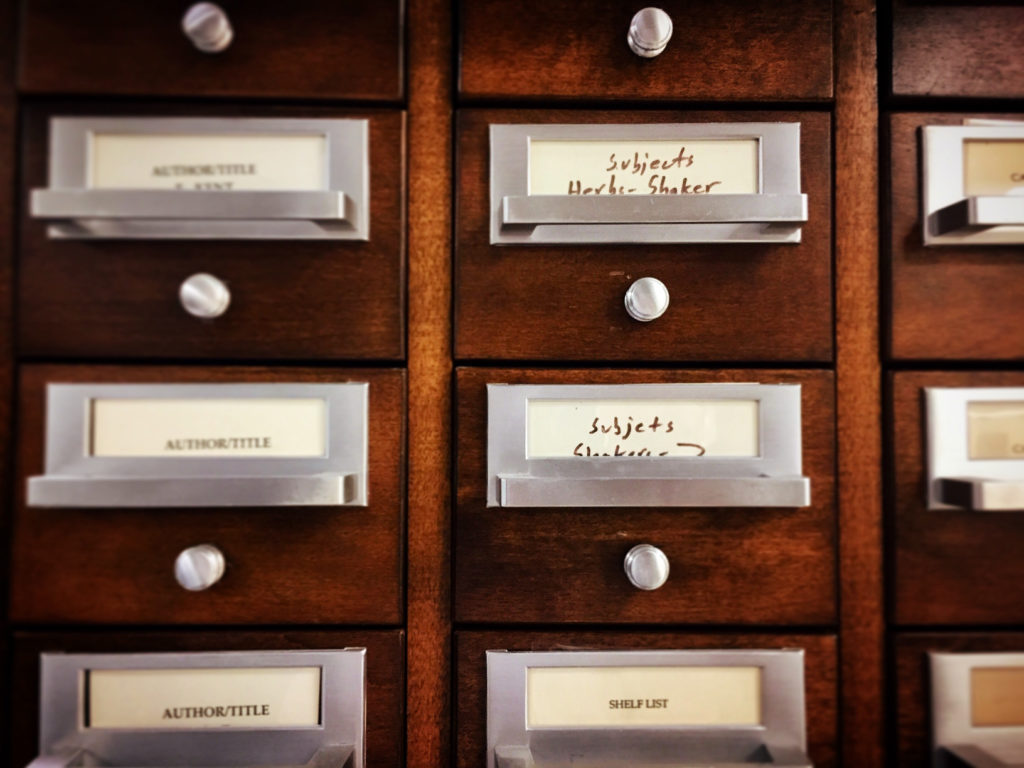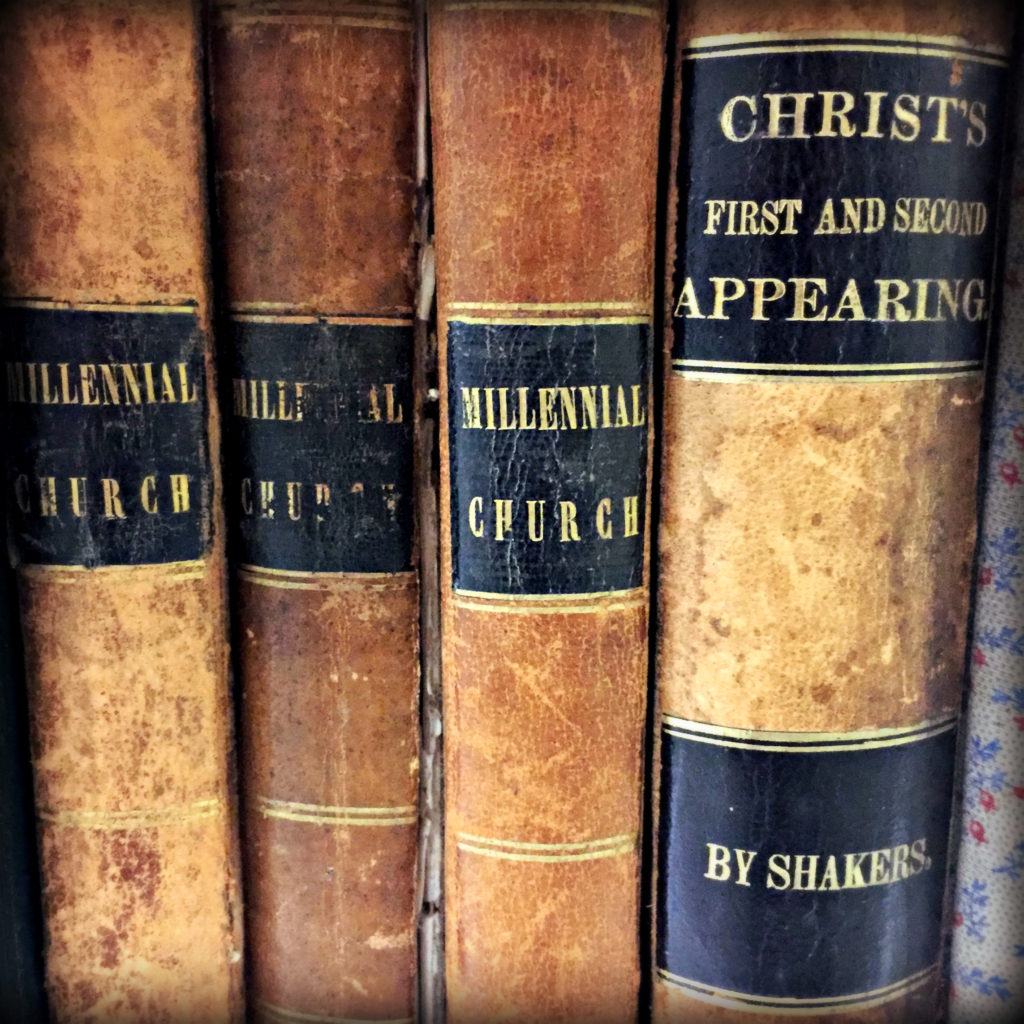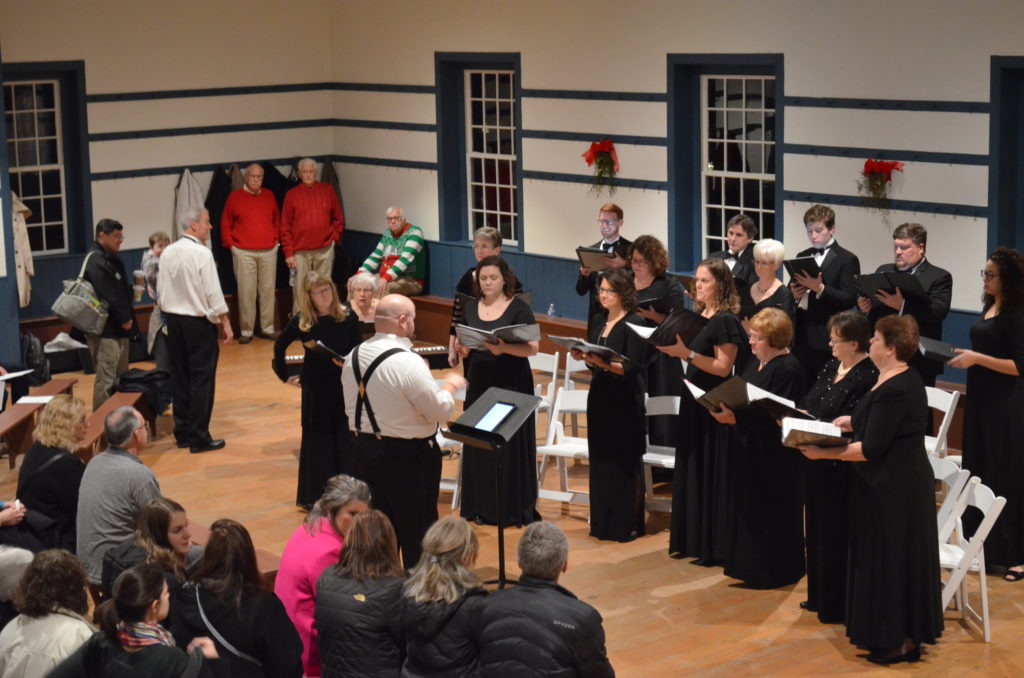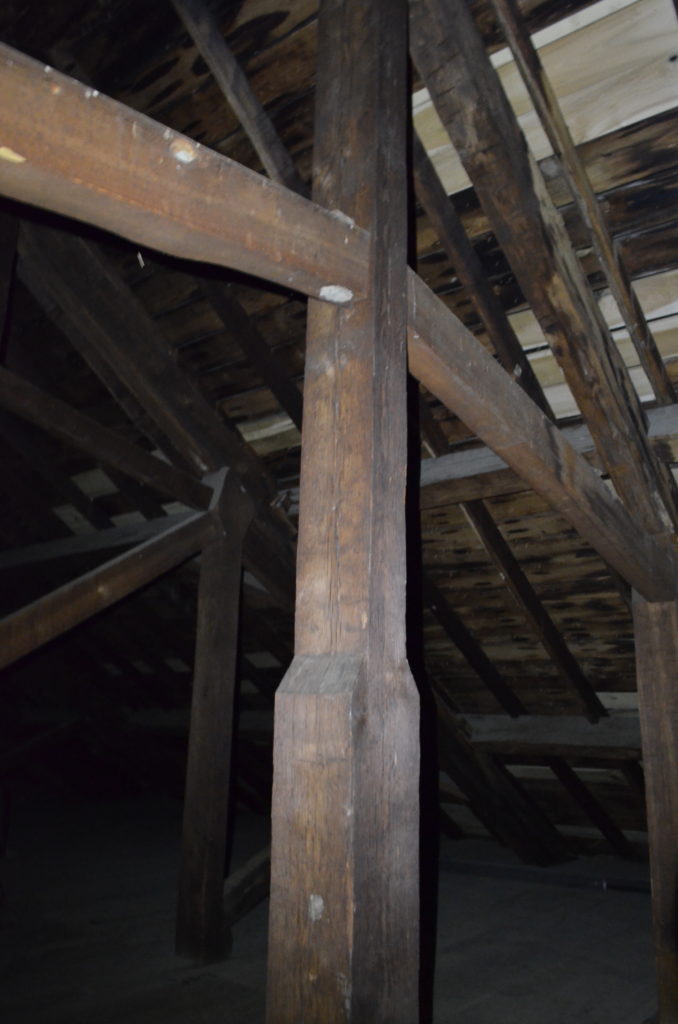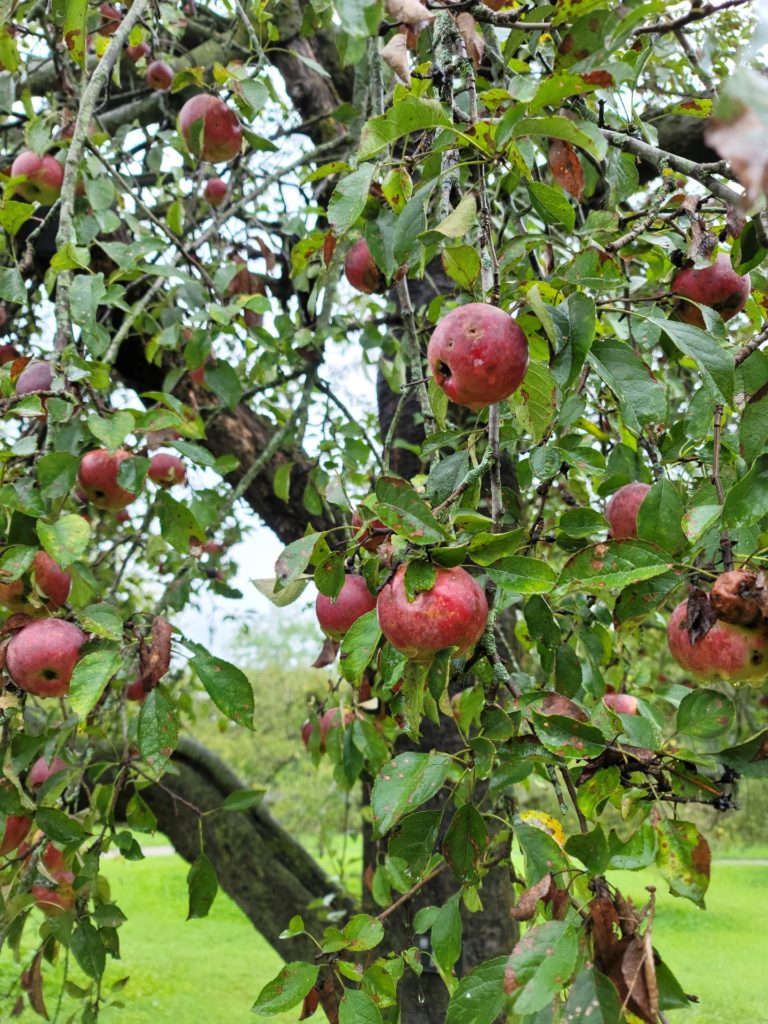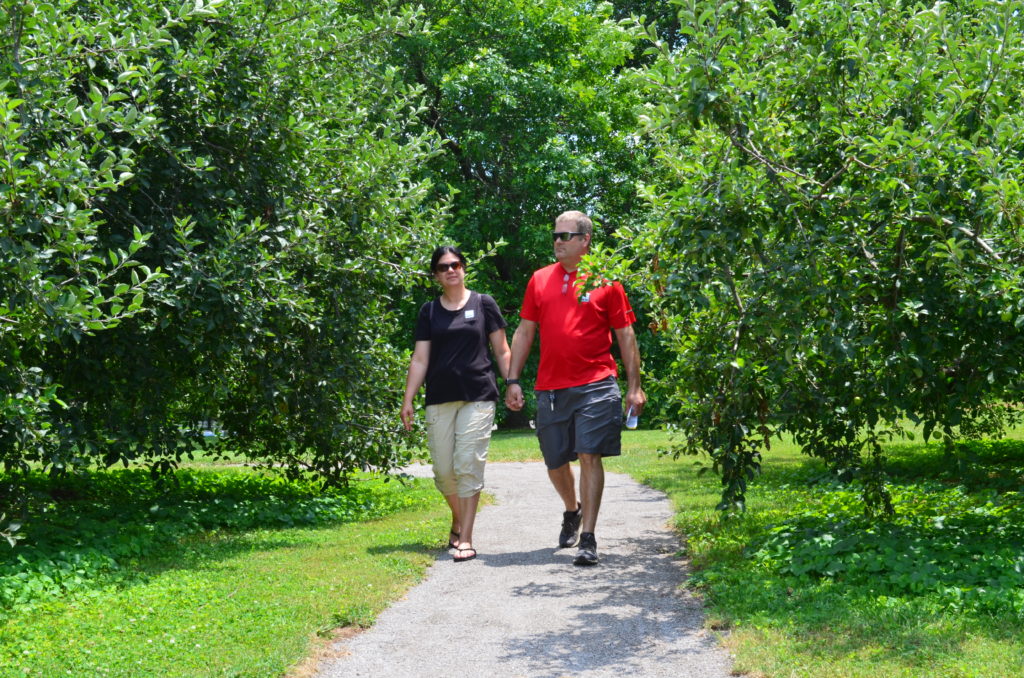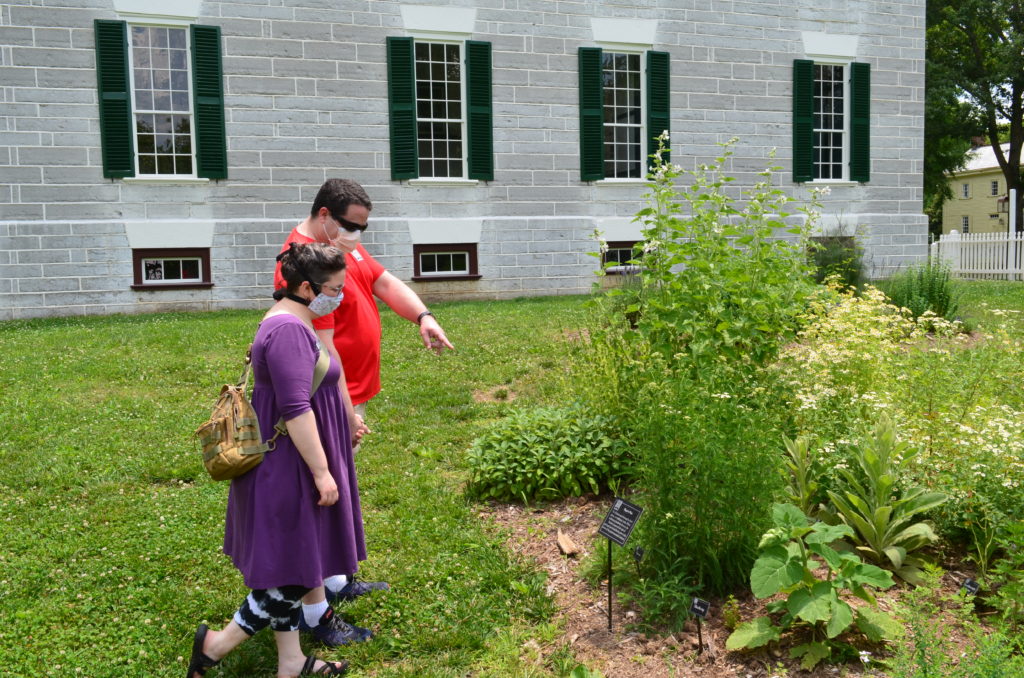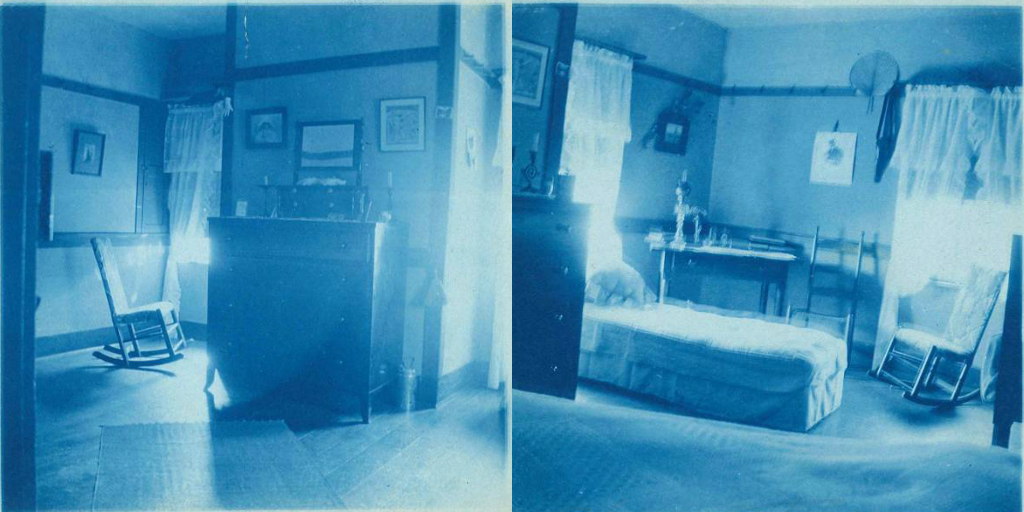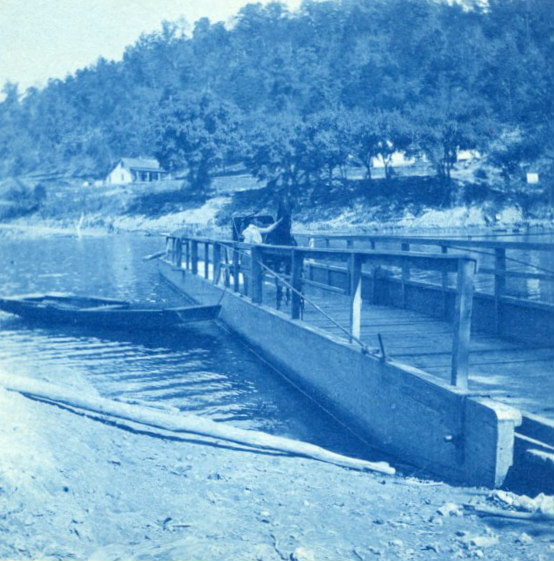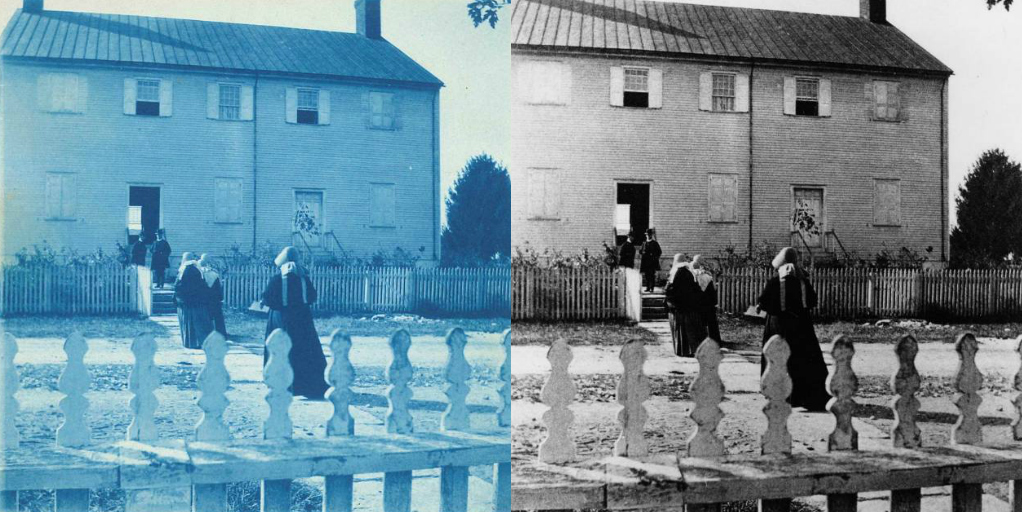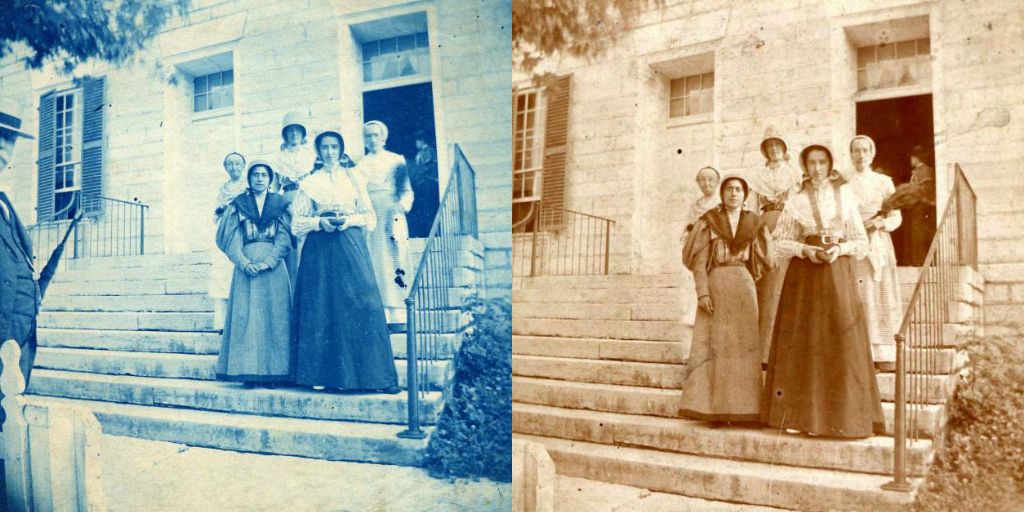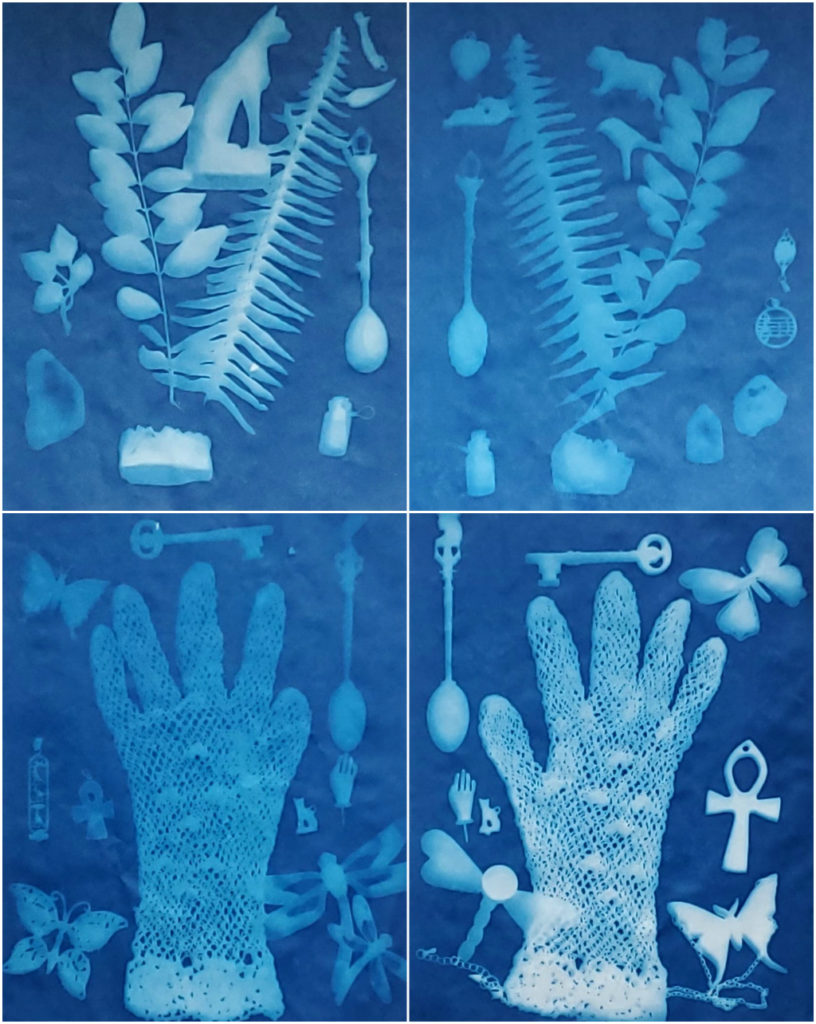Laura Webb, Program Specialist
It’s the penultimate month of our NEH grant project! Time sure flies, doesn’t it? Since July, I’ve completed editing over 13,800 object, archival, photographic, and library records. That’s right – the editing phase is now DONE! Whohoo!
So what’s next? From now until the end of the year, I’ll be reviewing the user interface of our online collections portal, and also (more excitingly) photographing objects in our exhibits and collections storage. As you might guess, adding photos of everything in our collection is a much larger project than can be completed on our current timeline—instead, I’ll be tackling my to-do list strategically.
To better understand how I’ll go about this, let’s think about why visually documenting artifacts is important. Some reasons are fairly obvious—there’s a reason “a picture is worth a thousand words” is a cliché, after all! But, assuming an object has already been photographed once, does it really need to have its picture taken again? Yes! Why? Well, let’s compare them to family photos. You wouldn’t say one photo of your kid is all you need, right? While inanimate objects aren’t going to grow up, go through puberty, and leave home, they can still (and often do) change over time, and these changes are important to document. The technology we use to document them can change and improve over time, too! (Just think of the difference in image quality between an early 2000s point-and-shoot camera and a current DSLR camera!)
Let’s study some examples. How might an object change over time? For us, a major factor is an object’s condition, whether good or bad. Sometimes objects are repaired, conserved, or restored, and it’s important to document both the “before” and the “after” of these processes. Also, unfortunately, sometimes objects are damaged – which can happen gradually (if kept in improper conditions) or suddenly (if improperly handled). Such is the case for the item below – a hand-thrown stoneware pitcher. I’ll let the notes on file do the explaining.
“Item was broken in 2014 by guest who claimed to be an expert potter, and therefore exempt from restrictions against touching. They quickly left and never gave a name. It now exists in multiple pieces.”
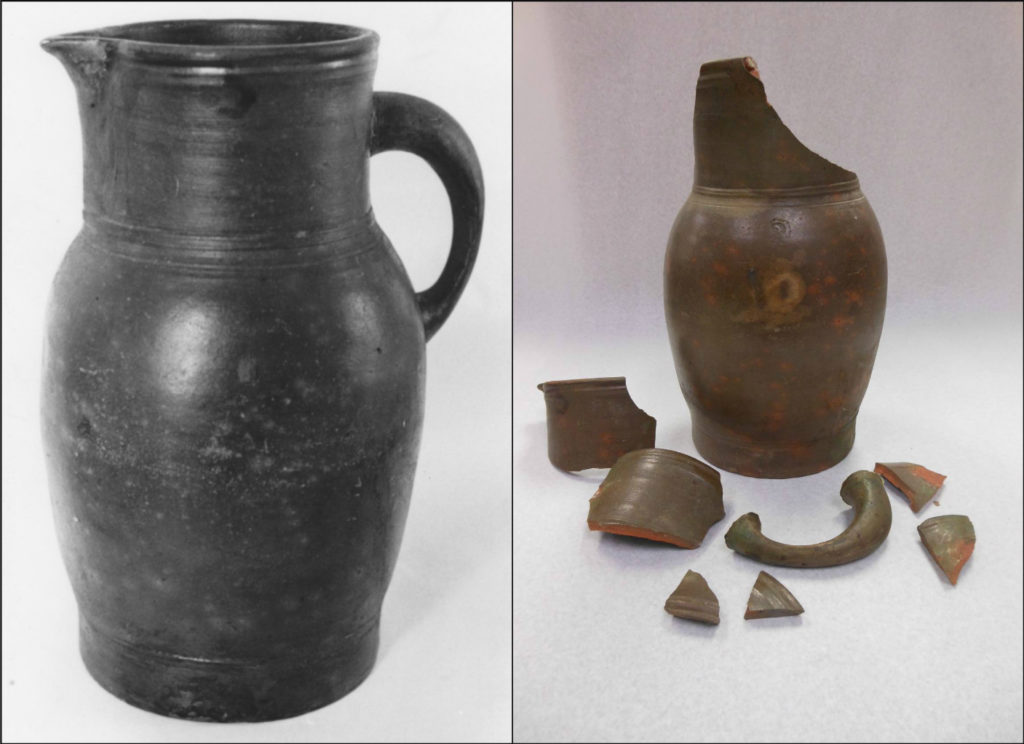
Yikes! Good thing we had a photograph of the item before it was broken, right?
Here’s another example – this time, an item that we currently have only one photograph of on file. This pretty-in-pink silk neckerchief is lovely, but its current image doesn’t do it justice. The lighting is poor, which both affects the apparent hue and the visible detail. In addition, the neckerchief is crumpled, and you can’t see the entire object at once.
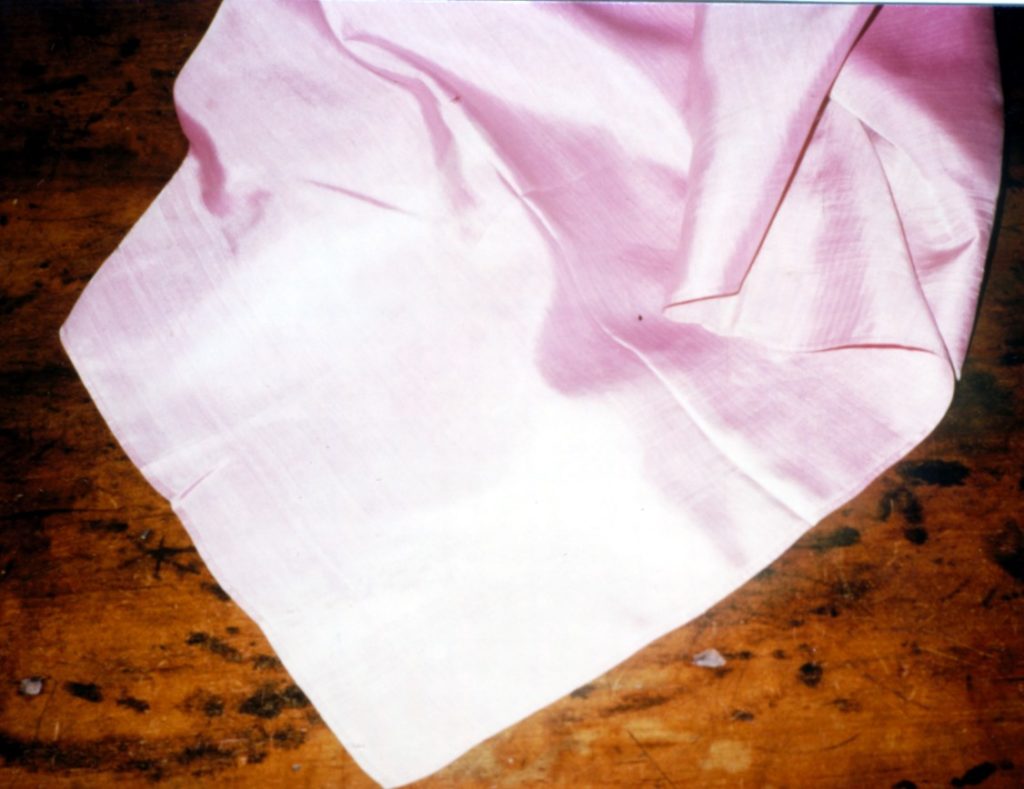
Here’s one more example. This gorgeous blanket chest is currently on loan at the Speed Museum in Louisville, Kentucky (go tell it we said hello!). Compare the older, black-and-white image on the left to the most current photo on the right. While black-and-white images are helpful for noticing subtle, contrasting details that can get lost in a color image (like woodgrain or dovetail joints), the color image better represents the chest’s finish, and can also help with identifying the type of wood used.
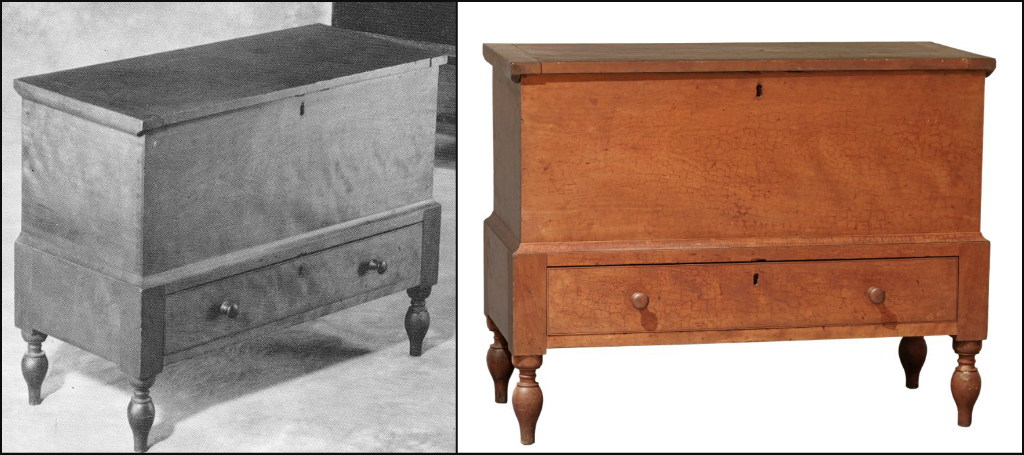
As I’m photographing objects in the next six weeks, I will be taking color images in as high quality as possible, and taking multiple shots of each item to show different angles and details. I’ll also be focusing first on items that are currently on exhibit, to make sure we have good records of our most vulnerable artifacts. If you see a photographer in one of our exhibits working from a strange angle, it’s probably me – come say hi!
Shaker Village of Pleasant Hill was awarded a CARES grant through The National Endowment for the Humanities in June 2020. Funding from this grant award supported two activities to enhance digital humanities initiatives at SVPH, including Laura Webb’s work to review our collection records and prepare them for publishing in a public digital database.
